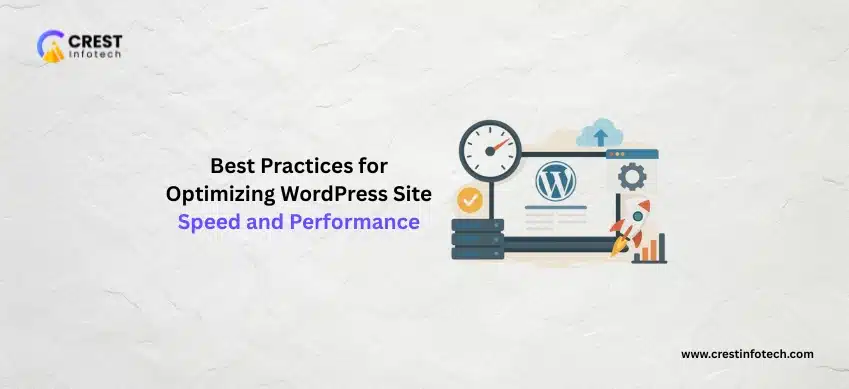Introduction
As technology evolves, users expect fast, reliable, and engaging web experiences. Progressive Web Apps (PWAs) bridge the gap between web and mobile applications by offering native app-like performance while remaining accessible via a browser. PWAs are fast, responsive, and work offline, making them a game-changer in modern web development.
This article explores what PWAs are, their benefits, key features, and how to build one.
What is a Progressive Web App (PWA)?
A Progressive Web App (PWA) is a web application that delivers a native app experience while being accessible on any device via a web browser. PWAs use modern web technologies such as Service Workers, Web App Manifests, and HTTPS to provide a seamless experience across platforms.
Key Benefits of PWAs
✅ Fast and Responsive
PWAs load quickly and respond smoothly, improving user engagement and reducing bounce rates.
📶 Offline Functionality
Using Service Workers, PWAs cache data and allow users to access content even without an internet connection.
📱 App-Like Experience
PWAs function like native apps with a home screen icon, full-screen mode, and smooth animations.
🔗 No App Store Dependency
Users can install PWAs directly from the browser, eliminating the need for App Store approvals and downloads.
🔒 Secure and Reliable
PWAs run on HTTPS, ensuring secure data transmission and protection from cyber threats.
💰 Cost-Effective Development
Instead of developing separate iOS, Android, and web apps, businesses can build a single PWA that works on all devices.
Key Features of PWAs
🛠️ Service Workers (Offline Support & Caching)
- Service Workers cache resources and enable offline access.
- They allow background syncing and push notifications.
📜 Web App Manifest (Installation & Home Screen Shortcut)
- Defines app name, icons, theme color, and display mode.
- Enables “Add to Home Screen” functionality for a native-like feel.
⚡ Responsive Design
- PWAs adapt seamlessly to different screen sizes (mobile, tablet, desktop).
🔔 Push Notifications
- Re-engage users with real-time notifications like native apps.
How to Build a PWA
1. Start with a Responsive Web App
Use HTML, CSS, and JavaScript along with frameworks like React, Angular, or Vue.js to build a mobile-friendly web application.
2. Implement Service Workers
- Register a Service Worker to enable offline support and caching.
if ('serviceWorker' in navigator) {
navigator.serviceWorker.register('/service-worker.js')
.then(reg => console.log('Service Worker Registered'))
.catch(err => console.log('Service Worker Registration Failed', err));
}
3. Create a Web App Manifest
- Define metadata like app name, icons, and theme in
manifest.json.
{
"name": "My PWA",
"short_name": "PWA",
"start_url": "/",
"display": "standalone",
"background_color": "#ffffff",
"theme_color": "#000000",
"icons": [
{
"src": "/icons/icon-192x192.png",
"sizes": "192x192",
"type": "image/png"
}
]
}
4. Enable HTTPS
- Use SSL/TLS encryption for secure communication.
5. Optimize Performance & SEO
- Minify CSS, JavaScript, and images.
- Use Google Lighthouse to analyze PWA performance.
Conclusion
Progressive Web Apps (PWAs) represent the future of web development, combining the best of web and mobile apps into one powerful solution. With features like offline access, push notifications, and installability, PWAs enhance user experience, engagement, and performance. Businesses investing in PWAs can deliver fast, cost-effective, and cross-platform solutions that drive user satisfaction and growth.



